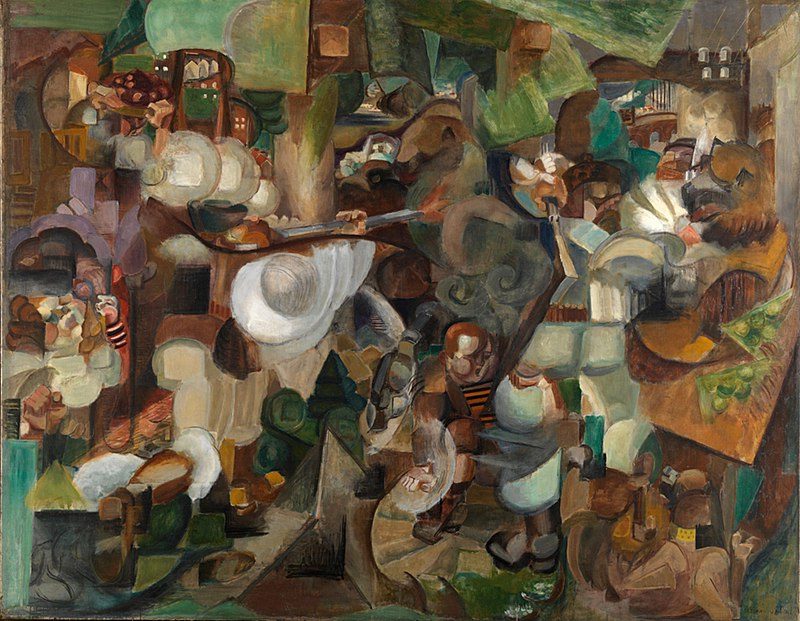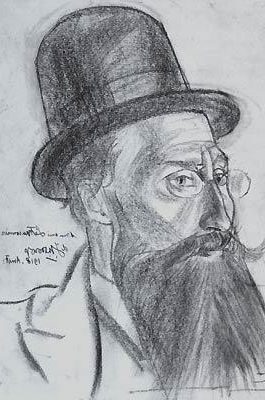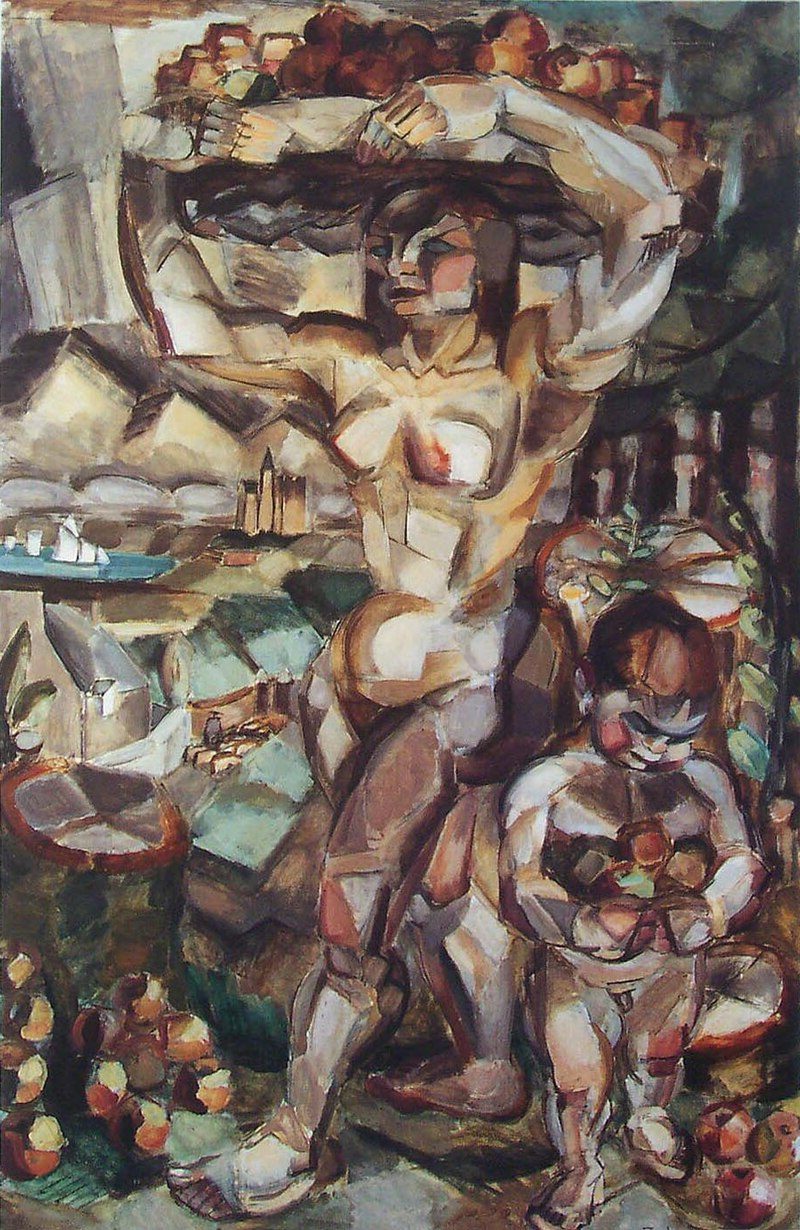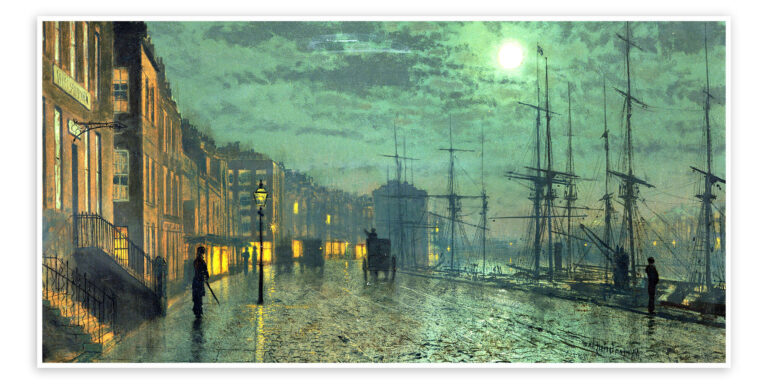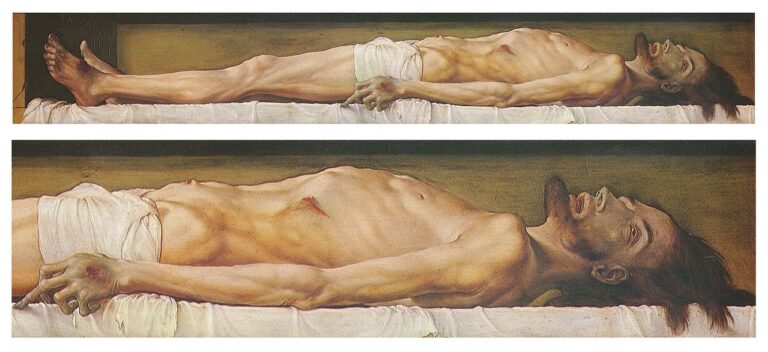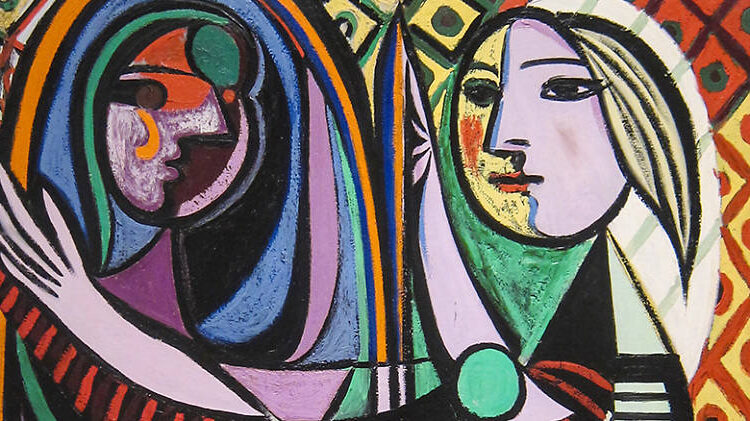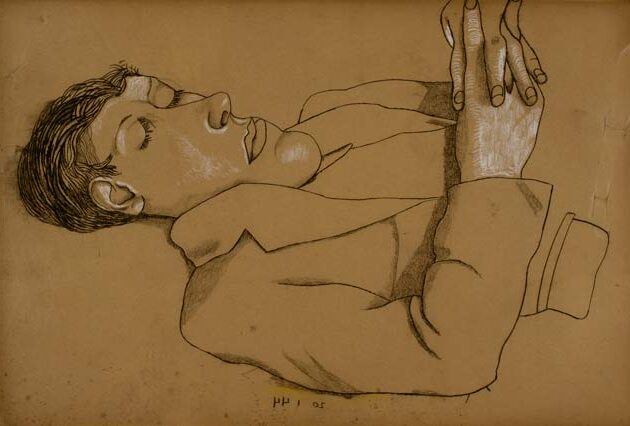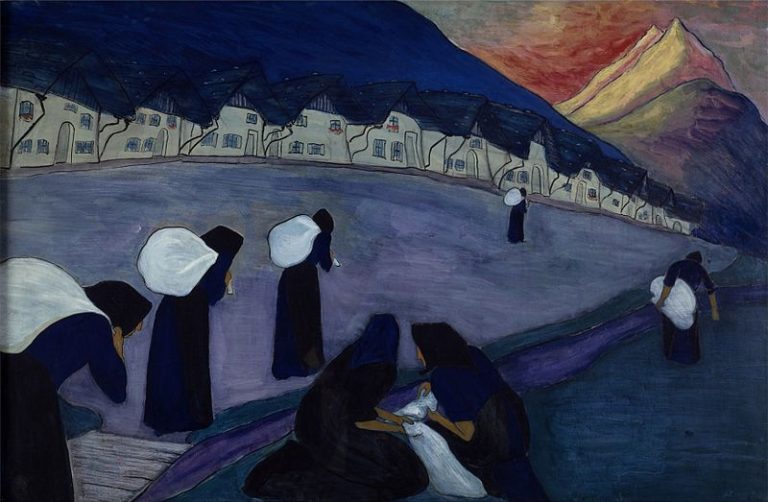Henri Le Fauconnier: Painter and Cubist Pioneer of Early 20th Century Art
Born: 5 July 1881, Hesdin, France
Death: 25 December 1946, Paris, France
Art Movement: Cubism
Nationality: French
Teacher: Jean-Paul Laurens
Institution: Académie Julian
Henri Le Fauconnier: Painter and Cubist Pioneer of Early 20th Century Art
Life and Career of Henri Le Fauconnier
Henri Le Fauconnier was a key figure in the early Cubist movement. He lived and worked in Paris during a time of great artistic change. His career had several important phases that shaped his development as a painter.
Early Years and Education
Henri Le Fauconnier was born on July 5, 1881 in Hesdin, France. He moved to Paris in 1901 to study law. While there, he also took art classes at the Académie Julian under Jean-Paul Laurens.
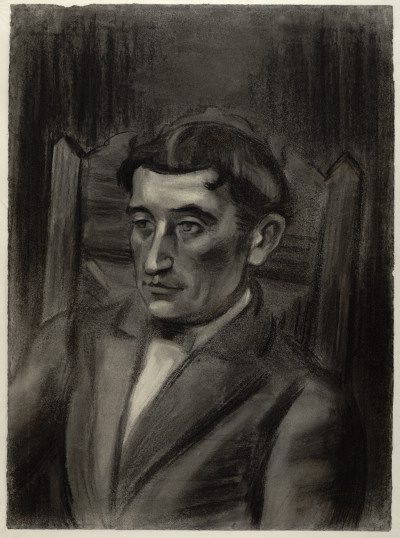
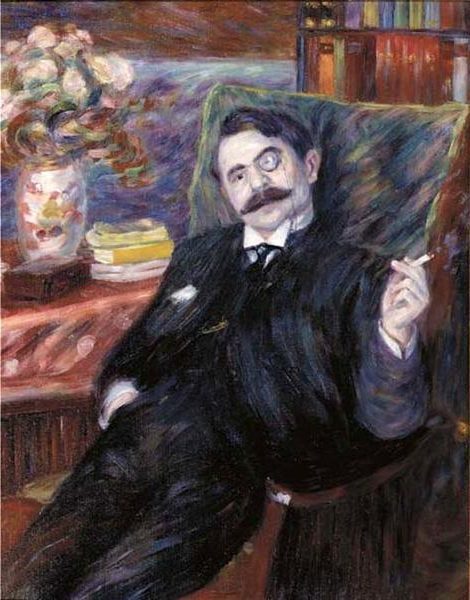
Le Fauconnier first showed his paintings at the Salon des Indépendants in 1904 and 1905. These early works helped launch his career as an artist.
He spent time in Brittany, painting landscapes of Ploumanac’h. This scenic area inspired many of his works.
Paris and the Avant-Garde Scene
By 1910, Le Fauconnier was a leading figure among the Montparnasse Cubists in Paris. He had a studio on Rue Visconti where he worked and taught.
Le Fauconnier caused a stir at the 1911 Salon des Indépendants. He exhibited Cubist paintings alongside Jean Metzinger, Albert Gleizes, and others. Their bold new style shocked the art world.
He taught at the Académie de la Palette, helping spread Cubist ideas to other artists.
Later Years and Legacy
World War I disrupted Le Fauconnier’s career. He left France and spent time in the Netherlands.

Ploumanac’h is a 1908 painting by Henri Le Fauconnier
After the war, he returned to France but was less involved in the Paris art scene. His style became more traditional over time.
Le Fauconnier died on December 25, 1946. He is remembered as an important early Cubist, helping pave the way for modern art.
Artistic Style and Influence
Henri Le Fauconnier was a key figure in the development of Cubism. He blended geometric forms with bold outlines and muted colors to create his unique artistic vision.
Cubism and its Development
Le Fauconnier played a big role in shaping early Cubism. He took ideas from Paul Cézanne and made them his own. His work used simple shapes and flat colors to show objects from different angles at once.
Le Fauconnier’s paintings often had a strong structure. He broke things down into basic forms. This helped pave the way for more abstract styles of Cubism later on.
His art was shown at the 1911 Salon des Indépendants. This exhibit was a turning point for Cubism. It helped introduce the style to a wider audience.
Collaboration with Contemporary Artists
Le Fauconnier worked with other important artists of his time. He was part of the Puteaux Group with Jean Metzinger and Robert Delaunay. This group met to discuss new ideas in art.

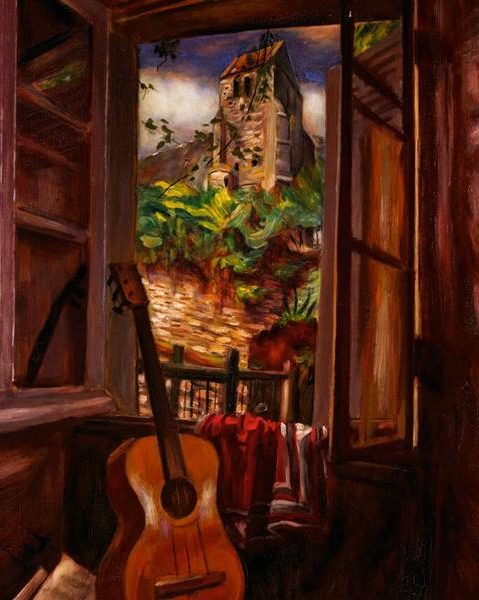
He also joined the Neue Künstlervereinigung in Munich. There, he worked with Wassily Kandinsky and Franz Marc. His art was included in Der Blaue Reiter Almanach, a key book about modern art.
These connections helped spread Cubist ideas across Europe. Le Fauconnier’s work influenced both French and German artists.
Signature Techniques and Notable Artworks
Le Fauconnier had a few key techniques in his art. He used bold outlines to define shapes. His colors were often muted browns and greens. He liked to show multiple views of an object at once.
One of his most famous paintings is “Mountaineers Attacked by a Bear” (1910). This large work shows his early Cubist style. It has strong lines and a mix of viewpoints.
Another notable piece is “The Signal” (1911). This painting breaks down forms into simple shapes. It shows how Le Fauconnier was pushing Cubism forward.
His painting “Village Among the Rocks” uses blocky forms to show a landscape. This work displays his skill at turning nature into geometric shapes.
Exhibitions and Collections

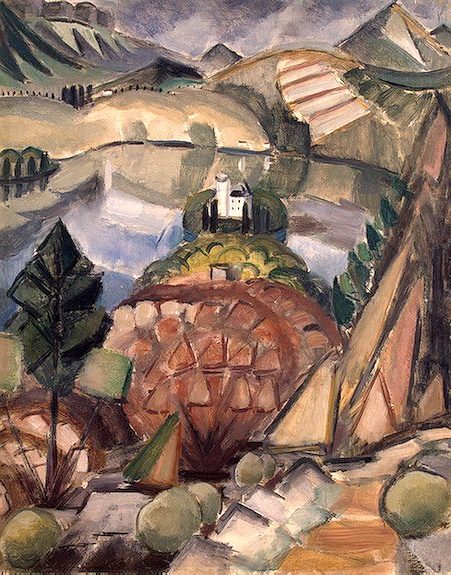
Henri Le Fauconnier displayed his work at major Paris exhibitions and gained recognition in Europe. His paintings can now be found in top museums around the world.
Salon d’Automne and Salon des Indépendants
Le Fauconnier showed his paintings at the Salon d’Automne and Salon des Indépendants in Paris. These events were key for avant-garde artists in the early 1900s. At the 1911 Salon des Indépendants, Le Fauconnier stood out as a leading Cubist painter alongside Jean Metzinger, Albert Gleizes, and Fernand Léger.
He also took part in shows with the Neue Künstlervereinigung group in Munich. This group included Wassily Kandinsky and other modern artists. Le Fauconnier’s work appeared in Der Blaue Reiter Almanach, an important publication for European avant-garde art.
Hermitage Museum and Beyond
Today, Le Fauconnier’s paintings can be seen in top museums. The Hermitage Museum in St. Petersburg has some of his works. Other museums with his art include:

Little Schoolgirl, 1907 by Henri Le Fauconnier
- De Hallen in Haarlem, Netherlands
- The RISD Museum in Providence, USA
Le Fauconnier often painted landscapes with lakes using oil on canvas. One of his most famous works is “Mountaineers Attacked by Bears” at the RISD Museum. This large, complex painting shows his skill with Cubist style.
Frequently Asked Questions
Henri Le Fauconnier was a key figure in the Cubist movement of the early 20th century. His unique style and contributions shaped the development of this influential art form.
What artistic movement did Henri Le Fauconnier belong to and contribute to?
Henri Le Fauconnier was a prominent member of the Cubist movement. He played a major role in the Montparnasse Cubist group.
Le Fauconnier’s work was featured in the 1911 Salon des Indépendants. This exhibition caused a stir with its Cubist paintings.
How did Henri Le Fauconnier influence the development of Cubism?
Le Fauconnier helped push Cubism in new directions. He used bold outlines and interlocking shapes in his paintings.
His work focused on showing volume and spatial relationships. This approach added depth to the Cubist style.
Can you name some of Henri Le Fauconnier’s most significant works?
Le Fauconnier was known for his landscapes, figures, and still lifes. His paintings were often displayed alongside other famous Cubist artists, including Jean Metzinger, Albert Gleizes, and Fernand Léger.
What were the distinguishing characteristics of Henri Le Fauconnier’s painting style?
Le Fauconnier’s style had several key features. He used muted colors and bold outlines in his work.
His paintings featured interlocking shapes. This technique helped convey volume and spatial relationships on the canvas.
How did Henri Le Fauconnier’s approach to painting evolve throughout his career?
Le Fauconnier’s style changed over time. He started by studying under Jean-Paul Laurens at the Academie Julian. Later, he developed his own unique take on Cubism.
What impact did Henri Le Fauconnier have on his contemporaries and on future generations of artists?
Le Fauconnier was seen as a leader among the Montparnasse Cubists. His work at the 1911 Salon des Indépendants made a big impact.
He exhibited alongside other major Cubist painters. This helped establish Cubism as an important art movement.

